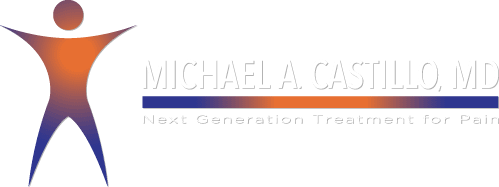Pulsed Electromagnetic Field Therapy
The incidence of type 2 diabetes has increased strikingly in the last several decades. Accompanying this development has been an increase in the incidence of diabetic neuropathy, leading to progressive pain, loss of sensation (primarily in the feet), weakness, and disability. Conventional therapy has consisted largely of attempts to control the diabetes and to moderate […]
 Skip to content
Skip to content
